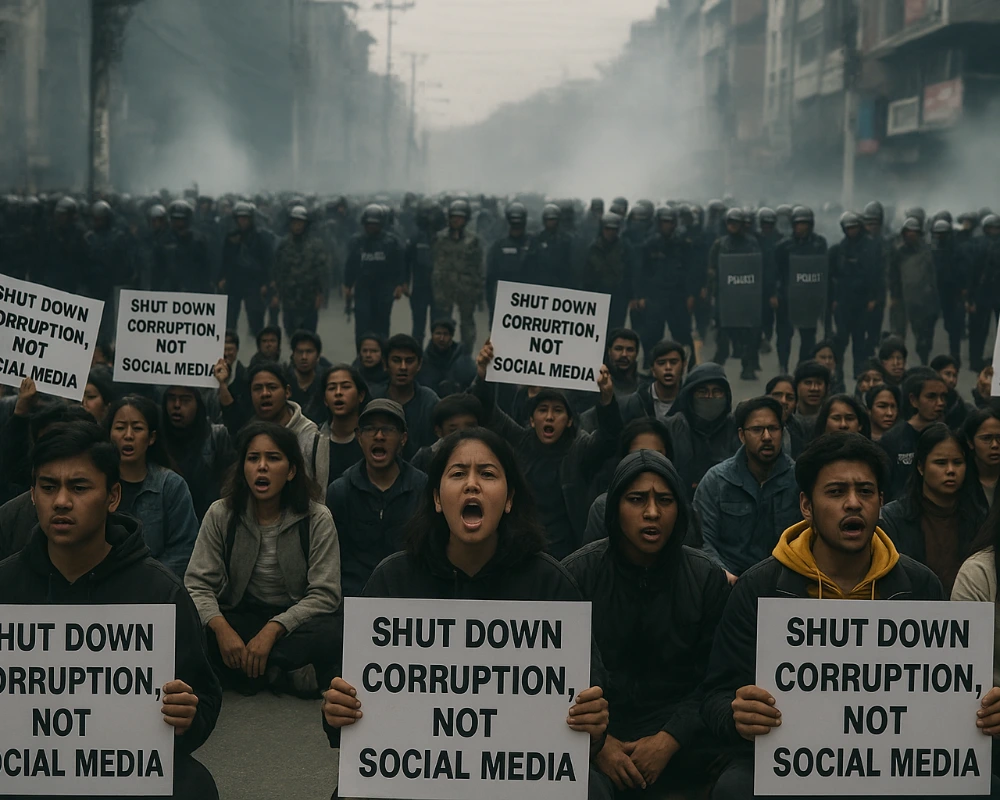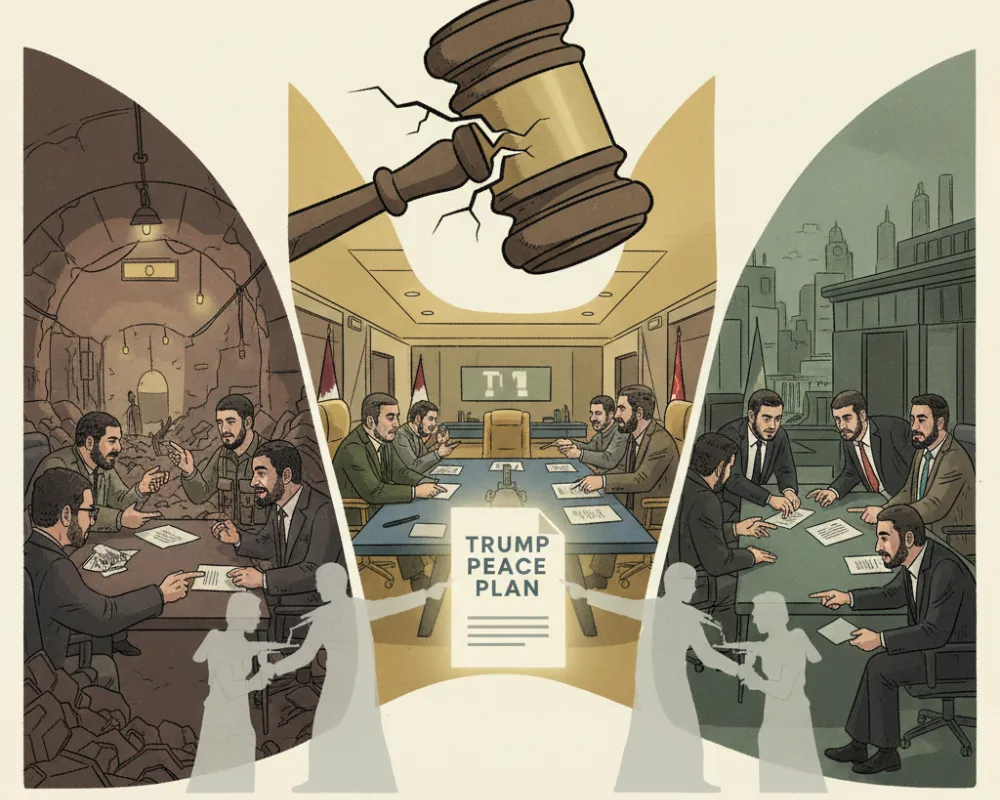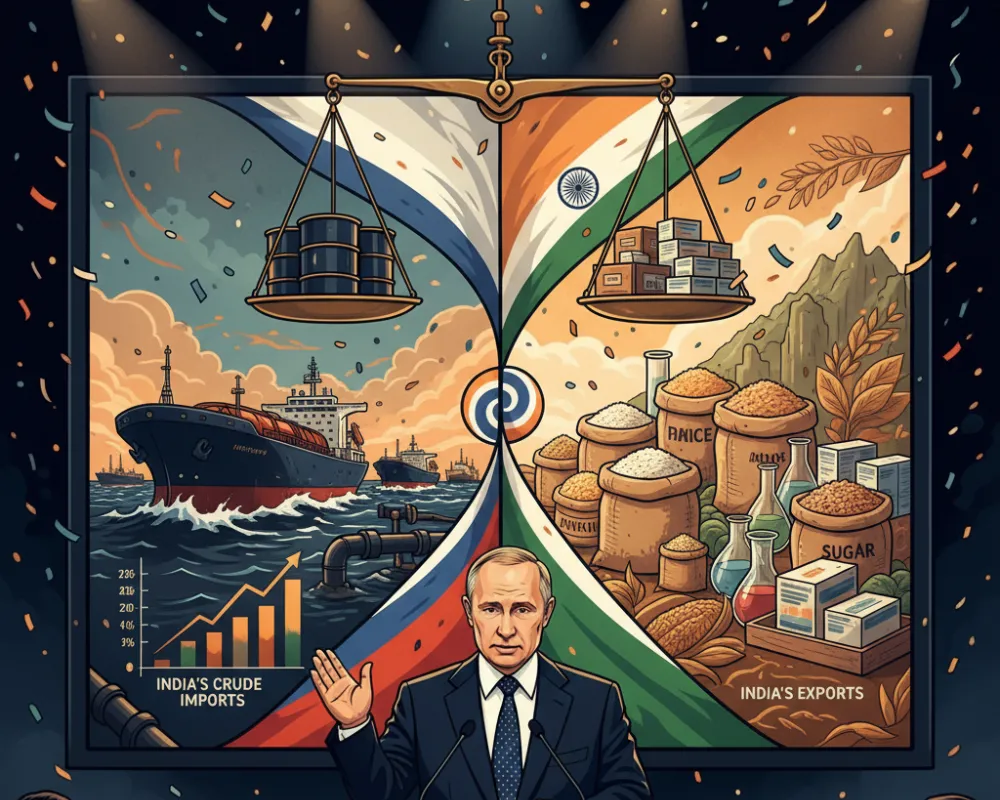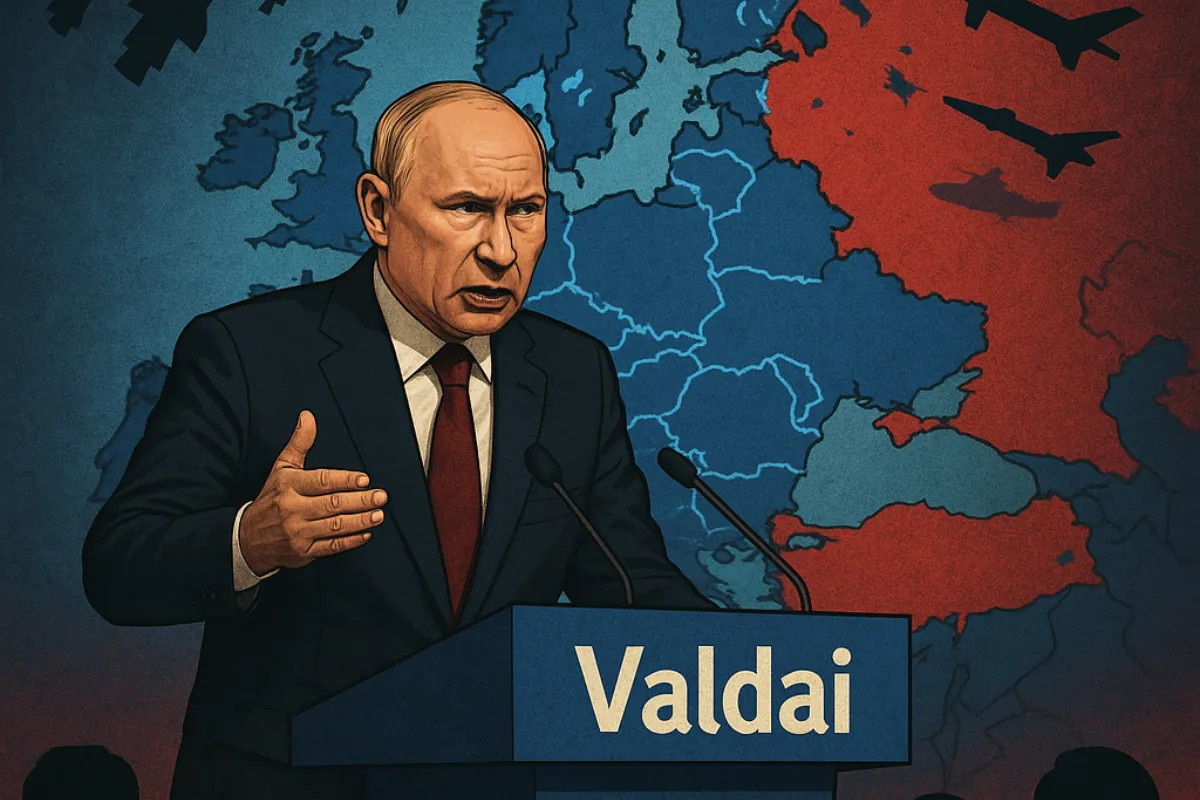Nepal’s KP Oli Quits After Gen Z Protests
The resignation of Prime Minister KP Sharma Oli on 9 September 2025 capped a dramatic week in Nepal: a sweeping social media ban, youth-led anti-corruption protests, violent clashes with security forces, and cascading ministerial exits.
From Ban to Backlash
On 5 September 2025, Nepal’s government ordered 26 social media platforms—including Facebook, X, YouTube, and WhatsApp—offline after they failed to register under new digital rules. Officials cited a Supreme Court directive, but critics saw the move as an authoritarian measure to silence dissent.
The abrupt social media ban sparked outrage across cities. Young Nepalis, cut off from tools central to education, jobs, and expression, rallied against the government. Within days, what began as a regulatory dispute had snowballed into a national crisis.
(Read our earlier breakdown: Nepal Social Media Ban – What Went Down)
Gen Z Uprising Turns Deadly
By 8 September, thousands of students and activists flooded Kathmandu’s streets. Slogans like “Shut down corruption, not social media” captured a generational demand for accountability.
Security forces responded with tear gas, water cannons, rubber bullets—and eventually live fire. At least 19 people were killed and more than 100 injured, making it one of Nepal’s deadliest protest crackdowns in recent memory.
Our earlier report detailed how the Gen Z protests escalated into a violent showdown.
(Read: Nepal Social Media Ban Protests Explained)
Ministers Break Ranks
The crackdown triggered political tremors inside Oli’s own CPN-UML party.
- Home Minister Ramesh Lekhak resigned on 8 September, taking “moral responsibility.”
- Agriculture Minister Ramnath Adhikari and Health Minister Pradeep Paudel soon distanced themselves.
Coalition partners in the Nepali Congress and Maoist Centre began weighing an exit, leaving Oli increasingly isolated.
Economic Frustrations Boil Over
Beyond the digital shutdown, protesters were already angered by inflation above 8%, youth unemployment near 25%, and growing public debt. Placards reading “KP Chor” (KP Thief) pointed to longstanding corruption scandals. For young jobseekers, losing access to digital platforms used for networking and freelance work was the final straw.
The Fall of KP Sharma Oli
On 9 September 2025, facing mass protests, cabinet resignations, and eroding party support, Prime Minister KP Sharma Oli resigned. Security chiefs reportedly warned they could no longer contain unrest without further bloodshed, while party elders urged him to step down to prevent deeper instability.
Succession debates began immediately, with speculation around Sher Bahadur Deuba (Nepali Congress) as interim leader, though other parties pressed for a broader consensus government.
What This Crisis Reveals
Oli’s resignation underscores deeper structural weaknesses in Nepal’s politics:
- Executive overreach bypassing parliament.
- Fragile coalitions vulnerable to internal dissent.
- Weak accountability fueling corruption and impunity.
- Security excesses escalating public anger instead of containing it.
What started as a fight over Facebook and YouTube turned into a generational uprising against corruption and inequality.
The Road Ahead
Nepal now faces two urgent questions:
- Can an interim coalition restore stability without repeating past governance failures?
- Will digital policy be reformed to balance regulation with rights, or will restrictions remain a flashpoint for youth discontent?
For now, the KP Sharma Oli resignation Nepal protests mark a turning point—one that revealed the power of Gen Z mobilization and the fragility of Nepal’s democratic institutions.
Frequently Asked Questions (FAQ)
1. Why did KP Sharma Oli resign in September 2025?
KP Sharma Oli resigned on 9 September 2025 after a week of nationwide protests triggered by a social media ban. The unrest escalated into violent anti-corruption demonstrations, leaving at least 19 dead. Mounting pressure from the public, cabinet resignations, and coalition fractures forced him to step down.
2. What caused the Nepal Gen Z protests in 2025?
The immediate trigger was the government’s ban on 26 social media platforms on 5 September 2025. However, deeper frustrations with corruption, unemployment, and rising inflation turned it into a wider youth-led anti-government movement.
3. How many people died in the Nepal protests?
At least 19 people were killed—17 in Kathmandu and 2 in Sunsari—during clashes between protesters and security forces. Over 100 others were injured.
4. Which ministers resigned before Oli?
- Home Minister Ramesh Lekhak (8 Sept 2025)
- Agriculture Minister Ramnath Adhikari
- Health Minister Pradeep Paudel
- These resignations signaled Oli’s declining support inside his own CPN-UML party and the ruling coalition.
5. What role did corruption play in the protests?
Protesters linked the ban to a broader culture of corruption and impunity. Slogans like “KP Chor” (KP Thief) highlighted anger over procurement scandals, elite privilege, and lack of accountability in governance.
6. What’s next for Nepal’s government after Oli’s resignation?
Debates began over naming Sher Bahadur Deuba of the Nepali Congress as an interim leader. Other coalition partners, including the Maoist Centre, have called for a “national consensus” government until fresh elections.
7. Why was social media banned in Nepal in September 2025?
The government said platforms failed to register under local laws despite a Supreme Court directive. Critics argued it was an authoritarian attempt to silence dissent and restrict free speech.
8. What message did the youth protests send?
Nepal’s Gen Z, armed with digital literacy and frustrated by unemployment, proved they could mobilize nationally and challenge entrenched elites. Their slogan—“Shut down corruption, not social media”—captured the spirit of the uprising.







Leave a Reply